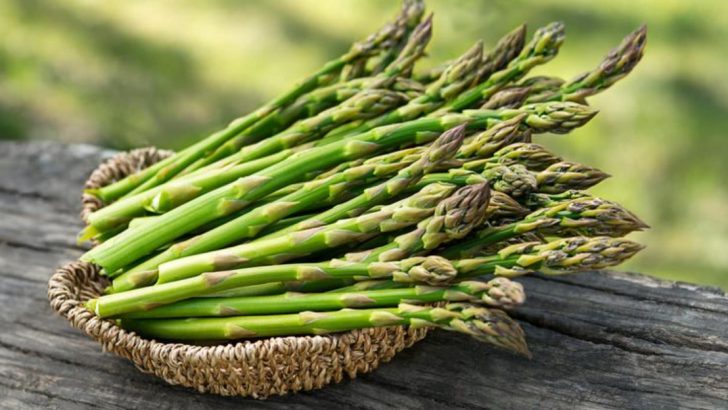Ah, thin asparagus—the lean green veggie that seems so unassuming. But what lurks beneath its slender exterior? This is a culinary enigma wrapped in a mystery, tied together with stringy fibers.
In the following list, we’ll unravel the top reasons why you might want to think twice before inviting these delicate stalks to your dinner table.
Thin asparagus is the renegade of the vegetable world, and we’re here to spill the beans—or in this case, the spears!
1. Bitter Surprise

Think all asparagus tastes the same? Think again! Thin asparagus can pack an unexpected punch of bitterness.
Just when you thought you were biting into a delicate, tender vegetable, you’re hit with a taste that makes your taste buds do a double take.
Proceed with caution!
2. Stringy Texture
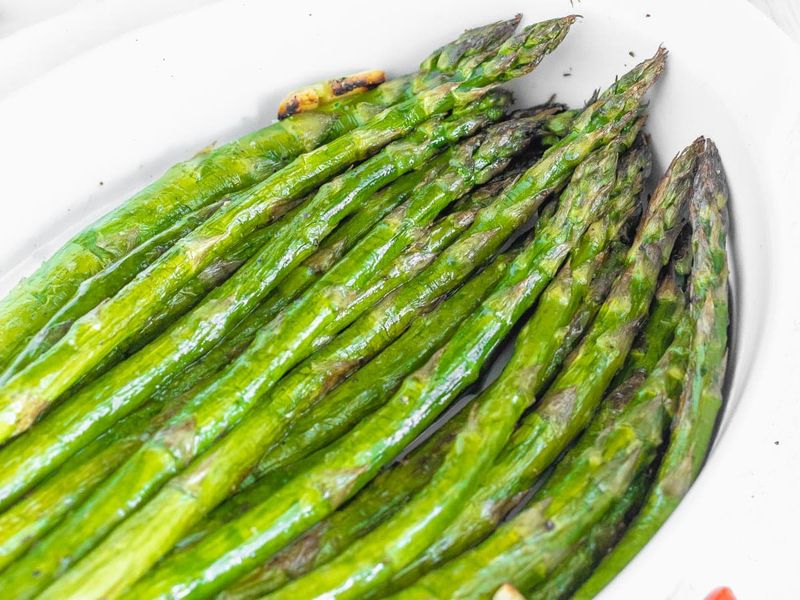
Who loves feeling like they’re chewing on dental floss? Not many! Yet thin asparagus can surprise you with a stringy texture that’s less than pleasant.
The unexpected stringiness can turn a side dish into a test of patience—and dental work.
3. Cooking Challenges
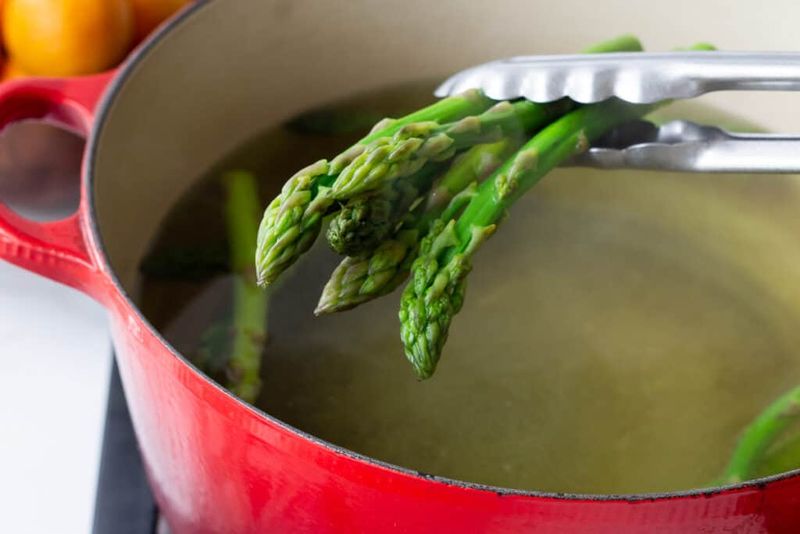
We all tried to cook thin asparagus and ended up with a soggy mess. You’re not alone.
These fragile stalks demand precision and care, testing even the most seasoned chef’s patience. There’s a fine line between perfectly cooked and limp disaster. The margin for error is razor-thin.
4. Nutrient Deception
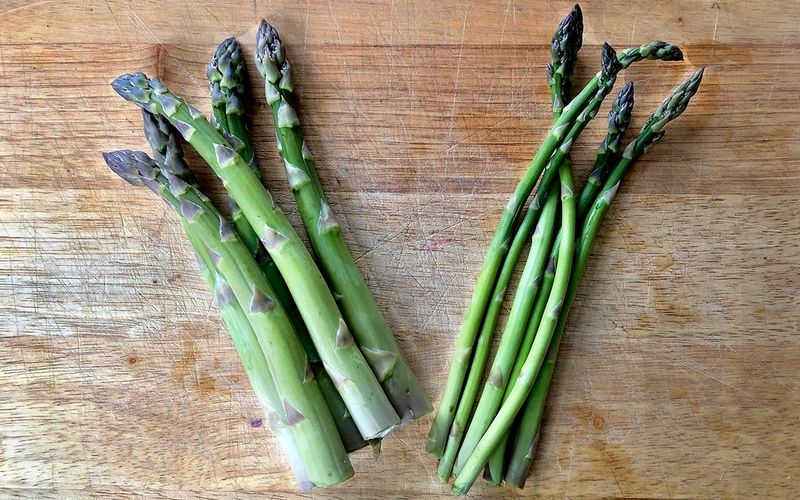
Looking for a nutrient-packed veggie? Thin asparagus might not be your answer.
It’s easy to assume that a thinner stalk means concentrated goodness, but the reality can be quite the opposite. The illusion of healthy eating can be deceiving, leaving you with less bang for your buck.
5. Quick Spoilage
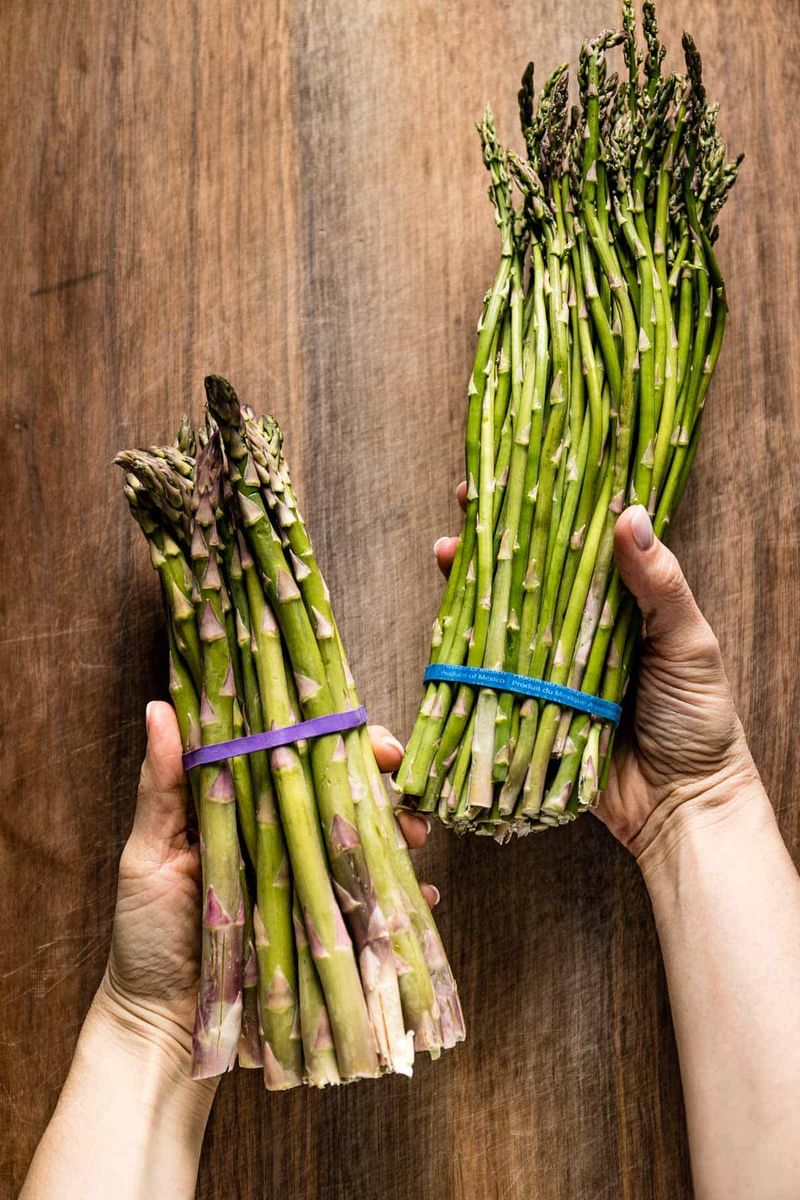
Don’t blink, or you’ll miss the freshness! Thin asparagus is notorious for spoiling faster than its heartier siblings.
Just when you think you’ve stocked up on fresh veggies, these slender greens go from fresh to flop overnight. Blame it on their delicate nature; thin asparagus doesn’t have the staying power to last.
6. Floppy Appearance

Thin asparagus often lacks the visual appeal of its thicker cousins. They are leaving your plate looking more like a sad salad than a tasty veggie dish.
The appearance can be deceiving, as these thin stalks tend to wilt and droop faster, losing their charm. A plate full of floppy asparagus is a disappointment waiting to happen.
7. Limited Versatility
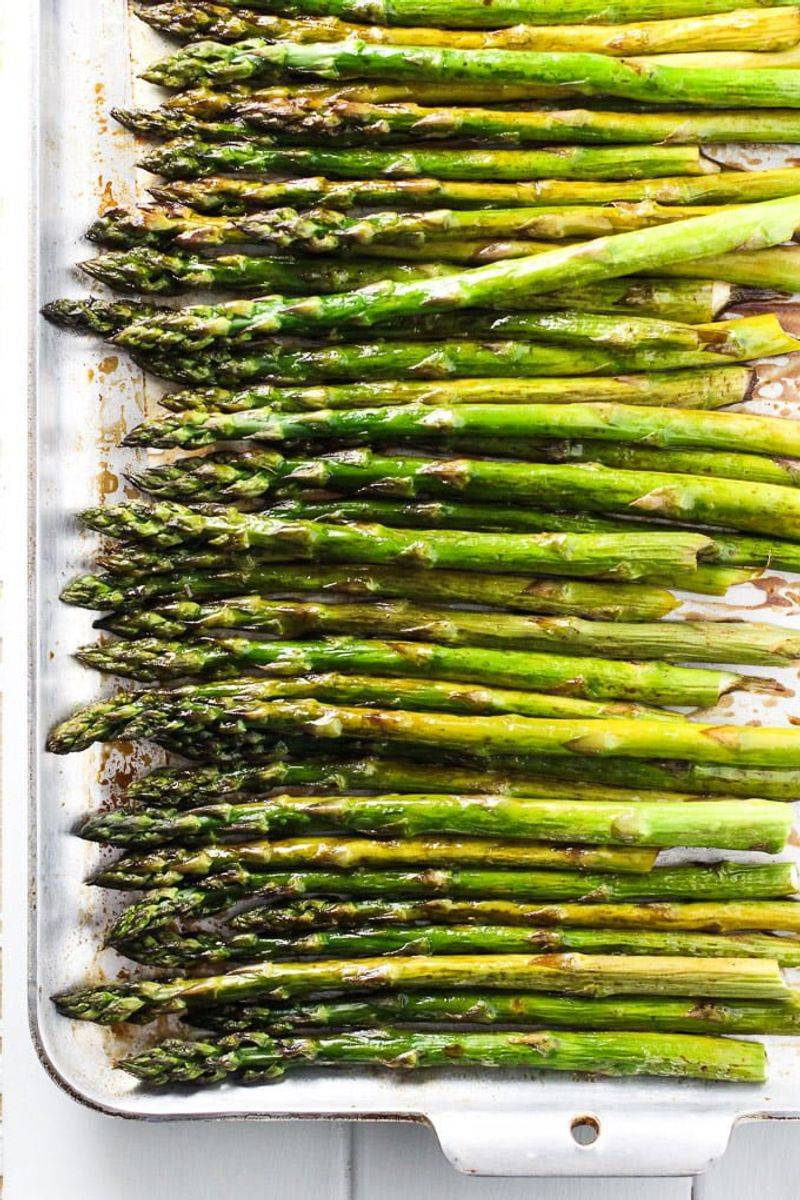
Unlike their thicker counterparts, thin stalks often struggle to hold their own in a variety of dishes. From grilling to roasting, they seem to falter under pressure.
They are unable to stand up to bold flavors or hearty ingredients. This limited versatility might leave you wondering if they’re more trouble than they’re worth.
8. Expensive Fancy
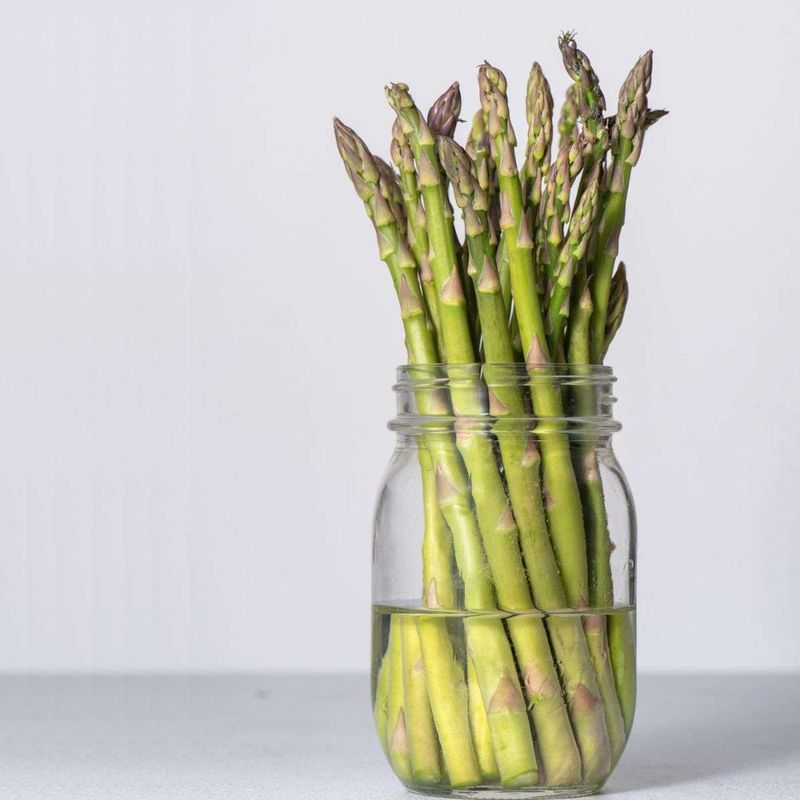
Fancy a good deal? Look elsewhere! Thin asparagus often comes with a higher price tag, leaving your wallet feeling lighter and your conscience heavier.
The allure of a delicate and dainty vegetable shouldn’t come at such a cost, yet here we are.
9. Flavor Inconsistency

Count on thin asparagus to keep you guessing! One moment they’re mild and sweet, the next they’re packing a punch you didn’t see coming.
This inconsistency makes them a wildcard in any dish. Cooking with thin asparagus is like playing a game of culinary roulette.
10. Pesticide Concerns
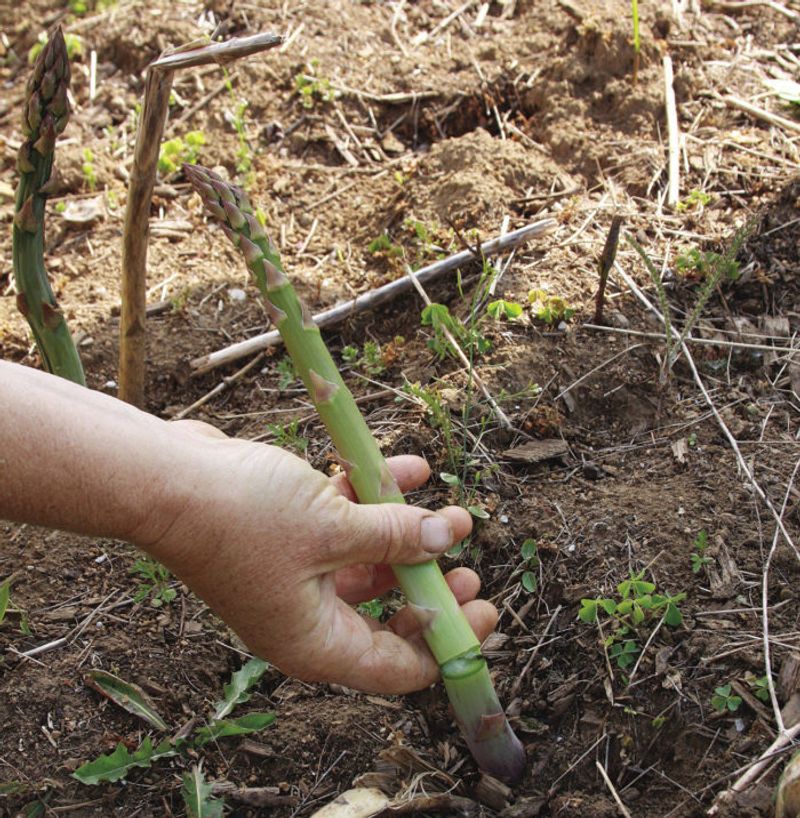
Worried about pesticides? Thin asparagus might give you pause.
Due to their delicate nature, they can be prone to chemical treatment to ensure survival, leaving you wondering what’s really on your plate. Are you ready to question the farming practices behind these dainty greens?
11. Inconsistent Quality
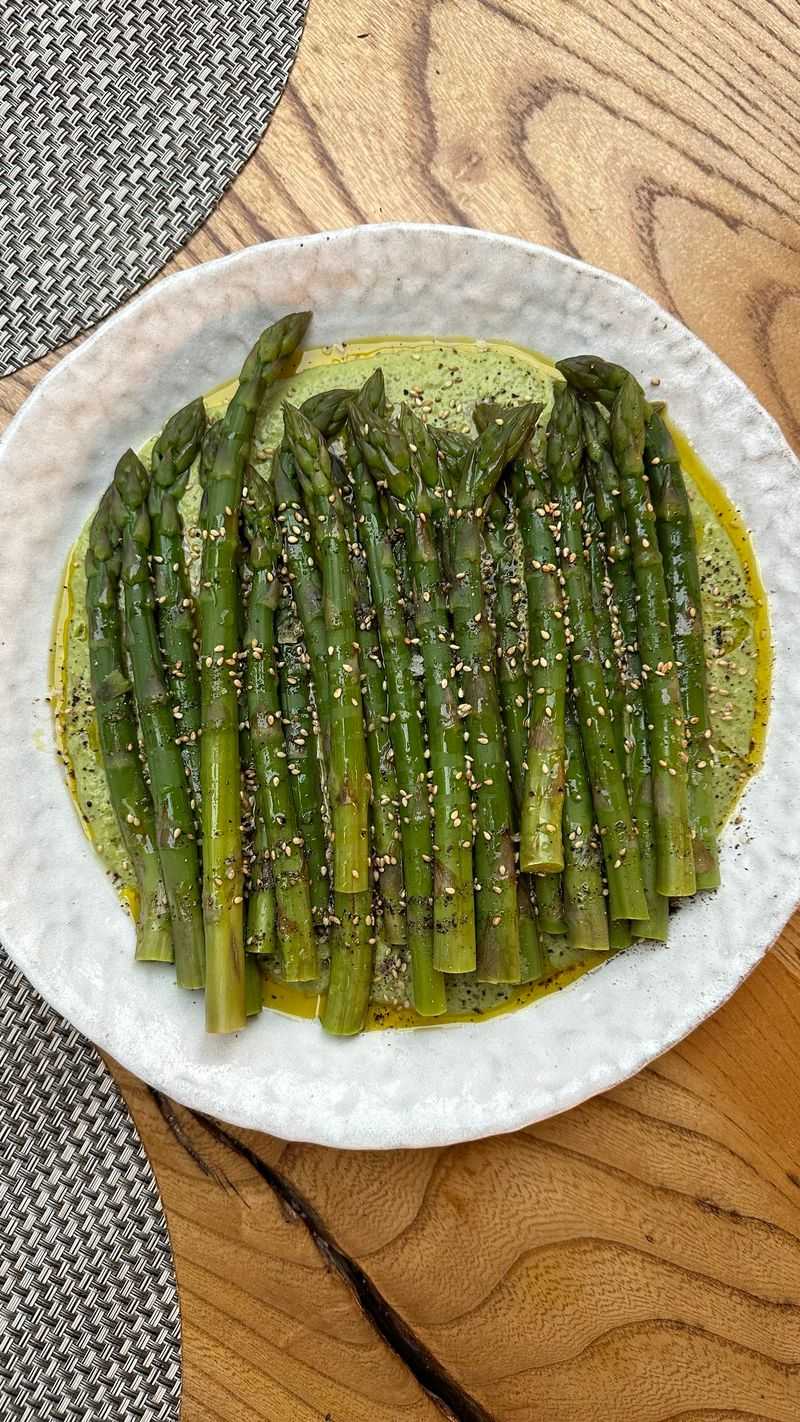
Not all thin asparagus is created equal! The quality can vary greatly from bunch to bunch, leaving you to play a guessing game every time you shop.
One batch might be tender and fresh, while another is limp and underwhelming. This inconsistency can make meal planning a challenge.
12. Frail Structure
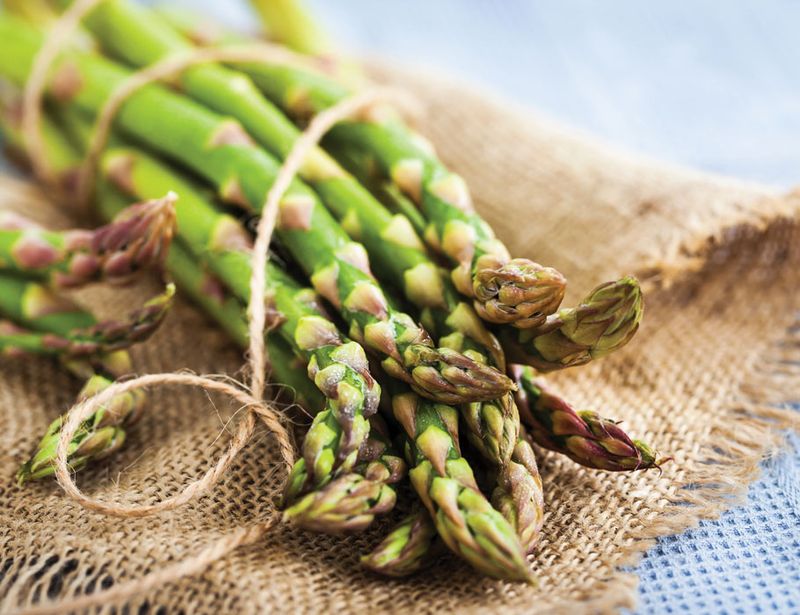
Built like a toothpick, thin asparagus can be all too easy to break. Handling them requires the delicate touch of a neurosurgeon, lest you end up with a pile of veggie debris.
Their frail structure can become more of a liability than an asset. Would you prefer veggies that can stand up to the rigors of cooking?
13. Culinary Limitations

Dreaming of a culinary masterpiece? Thin asparagus might not be your muse.
Their delicate nature can struggle under the weight of bold and flavorful ingredients, leaving them overwhelmed and overshadowed. From complex dishes to simple sides, thin asparagus can often be the odd man out.
14. Unpredictable Taste
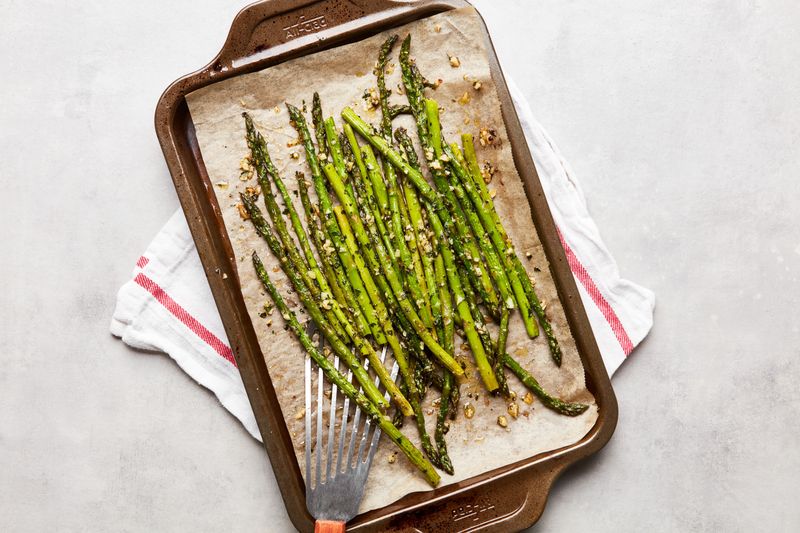
One might be sweet and tender, the next bitter and tough, leaving your palate puzzled. The unpredictable taste can turn your meal into a guessing game.
Are you ready to roll the dice with these enigmatic spears? Consider the uncertainty they bring before making them the star of your dish.
15. Seasonal Instability
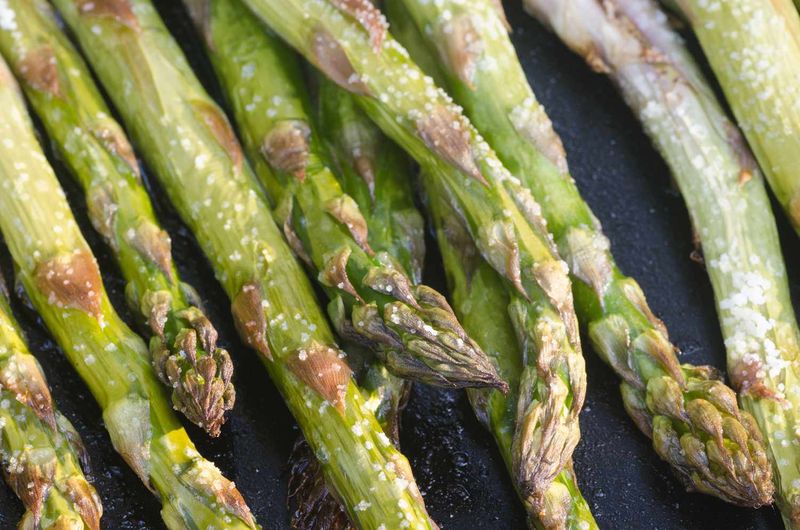
Searching for stability in your seasonal veggies? Thin asparagus might not be the answer.
Their availability can be as unstable as a house of cards in a windstorm. Just when you’ve come to rely on them, they disappear from your local market, leaving your menu plans in shambles.

